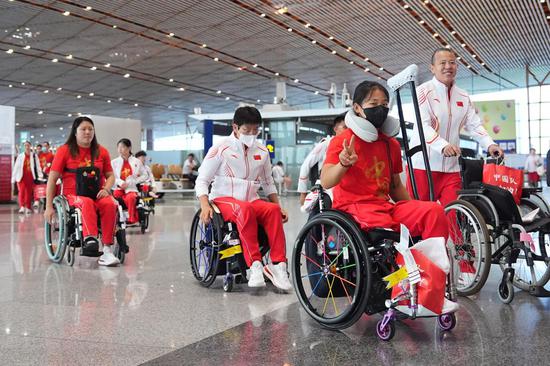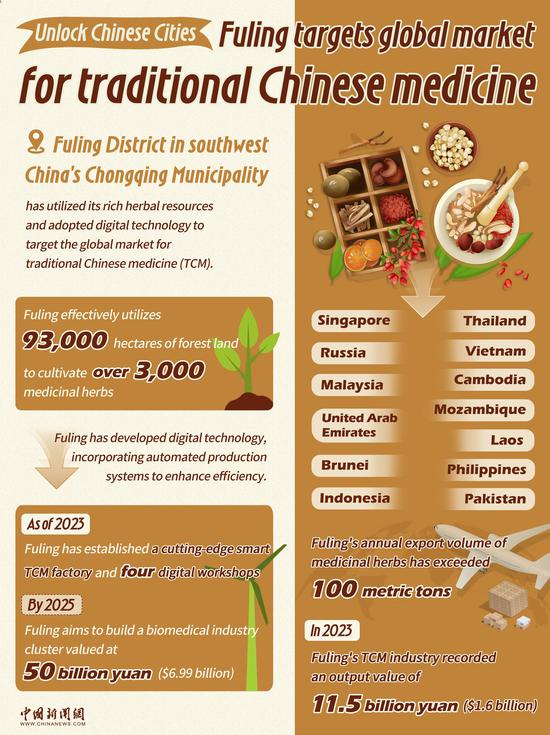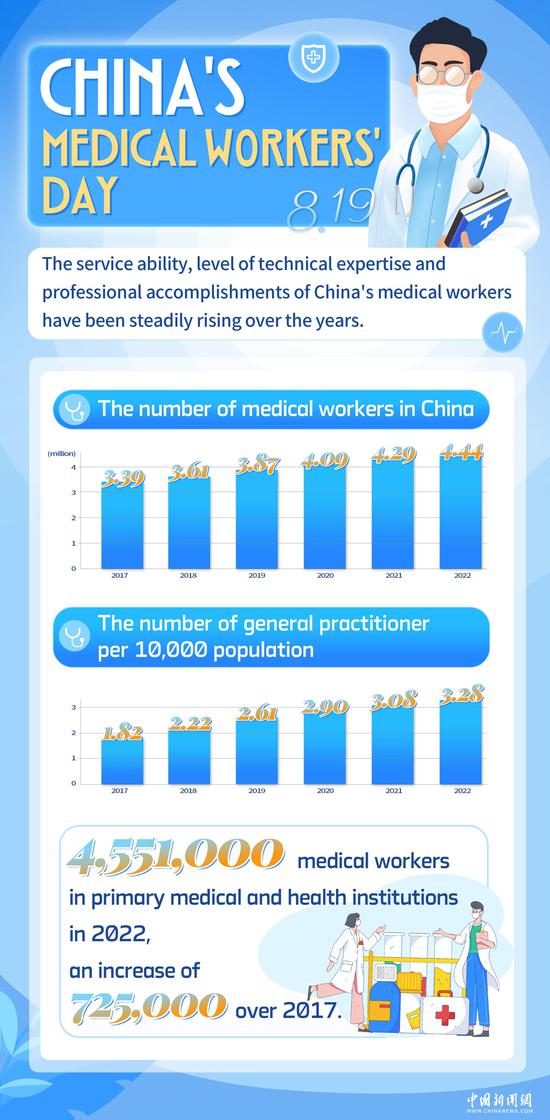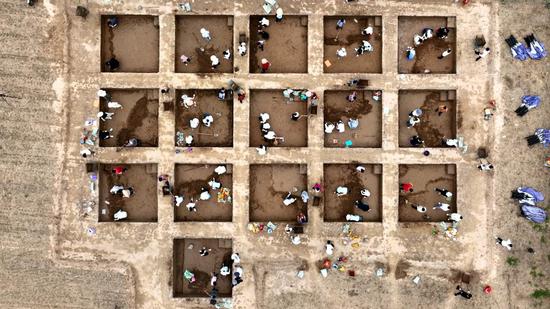China has made substantial progress in pre-pregnancy and prenatal screenings, as well as other disability prevention initiatives over the past decade, official figures show.
During a news conference on Wednesday ahead of National Disability Prevention Day on Sunday, Li Dachuan, deputy director of the National Health Commission's department of medical administration, said the rate of national premarital screenings for genetic diseases reached 76.5 percent last year.
It was just 2.5 percent in 2005 and 41 percent rate in 2011, according to official statistics.
Li told the news conference in Beijing that China's pre-pregnancy checkup rate has long exceeded 90 percent, and the prenatal screening rate was 90.3 percent last year, up from about 30 percent in 2012.
He said China has also rolled out a comprehensive newborn disease screening program that encompasses screenings for hearing impairments and two genetic disorders — congenital hypothyroidism, a medical condition in which a baby is born with an underactive thyroid gland, and diabetes mellitus with complications, in which a person with diabetes experiences additional health issues or complications due to the disease.
"The rate of coverage for these screenings exceeded 98 percent across the nation in 2023," he said.
Since the start of the 14th Five-Year Plan period (2021-25), about 45,000 children from financially strapped families afflicted with congenital structural deformities, nutritional metabolic diseases and functional impairments have received financial aid totaling 540 million yuan ($75.7 million), Li added.
The improvements are part of the nation's broader initiatives to enhance the health of its people and respond to its rapidly aging population and declining birthrate.
Figures from the National Health Commission show that the number of Chinese age 60 and above will surpass 300 million by next year — accounting for 20 percent of the population. Around 2035, the age group is projected to exceed 400 million, comprising over 30 percent of the population.
Conversely, data from the National Bureau of Statistics shows that the number of newborns dropped below 10 million in 2022 for the first time since 1950, and dipped below 8 million last year.
Li said the number of cataract surgeries performed for every 1 million Chinese increased from 2,703 in 2021 to 3,243 last year.
Wang Ningli, a blindness prevention expert in Beijing, said at the news conference that China's progress in treating cataracts over the past few decades is "something we can truly be proud of and excited about".
"Back in 1999, the cataract surgery rate per million people in our nation was only 398, lagging that of South Asian countries such as India, Pakistan and Bangladesh at the time," he said.
However, the government earmarked 1 billion yuan in 2009 to kick-start a three-year plan aimed at boosting the cataract surgery rate, marking a crucial turning point in the country's approach to cataract surgery.
Through the initiative, proficient and advanced doctors collaborated with recent medical graduates to train a cohort of skilled ophthalmic surgeons capable of treating cataracts. That led to a significant increase in the surgical capabilities of county-level hospitals across our country.
"Now 80 percent of doctors in county-level hospitals are able to perform cataract surgeries, and patients can find such services in nearly 80 percent of county-level hospitals," he said.
Wang said cataract prevention and control in China is now comparable to that of moderately developed countries.


















































 京公网安备 11010202009201号
京公网安备 11010202009201号